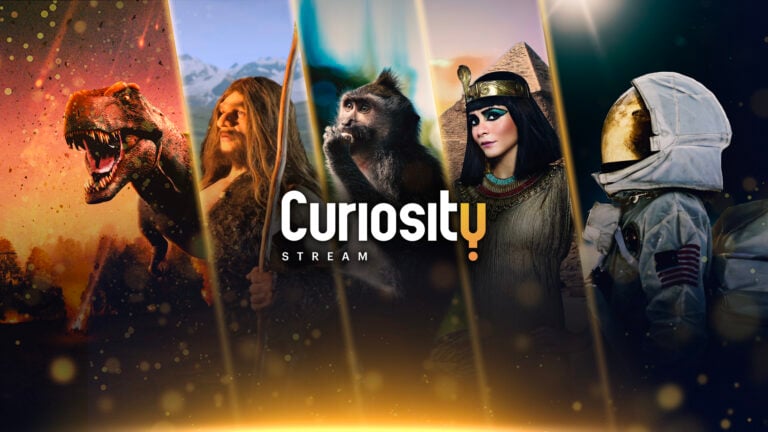
CuriosityStream has seen exceptional demand for its video, audio, image, and data assets

Twenty years ago, a project like Age of Big cats would have been impossible to make. Much of the technology that has made this series achievable had yet to be invented. But more importantly, our knowledge of big cats was relatively limited, and some species were still so elusive and shy that sightings were extremely rare. Filming them in the wild was for the most part unachievable without years in the field and extreme luck.
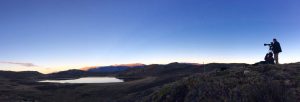
But things are very different now. New ultra sensitive color and infra-red cameras have given us a clearer view of the nocturnal habits of some more familiar cats than ever before. High resolution 4K (8 mega-pixel) and 8K (32 megapixel) movie cameras allow us to film behavioral sequences in unprecedented detail. High resolution camera traps provide us with intimate images of their secretive lives from just metres away.
But the cats themselves have become more amenable to human observation. Filming cats that would rather not be seen at all is difficult and rarely delivers natural behavior. Some cats like the jaguar, snow leopard and puma have now become easy to see in a few places, when as recently as a decade ago, they were still on the “almost impossible to film” list. In fact, for the making of this series, we were able to film pumas, jaguars and leopards on foot at close range, without the cats showing aggression or fear. They were mostly unfazed by our presence.
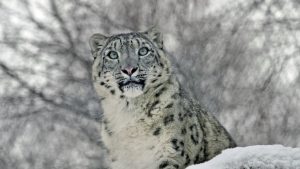
However, some individuals did take a curious interest and in Chile this was almost a problem. There was a puma we named Friendly, as she would often approach us and sniff the bags at our feet before moving on. Matthew Kingdon, one of our camera operators, got a real surprise when she wandered up to him, then watched as he slowly walked backwards away from her (the correct response with any big cat). The other pumas were less inquisitive, but equally relaxed to the point that they just carried on with their lives when we were there, treating us more like furniture.
Filming on foot in the dark brings its own problems. At night in Costa Rica, we watched with the infra red camera as Jack Hynes walked down the path to the beach, towards a jaguar that was on the look out for a turtle. We were able to warn Jack by radio and he waited as she wandered onto the beach. She carried on past our hide and into the forest. Jack never saw her despite the fact she was just metres from him. But later that night Jack did meet her.
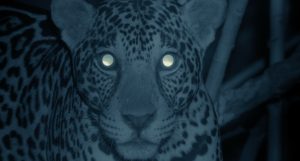
We knew there was a dead turtle at the edge of the forest and that the jaguar was further down the beach, so Jack crept closer to the turtle and hid behind a small log. He didn’t know that the jaguar had now made its way back to the turtle. When he turned on the camera, the jaguar was staring at him from just a few metres away.
At first, she didn’t know what Jack was, so started creeping towards him – at which point his sudden movement surprised the jaguar who now realized he was a person and moved off.
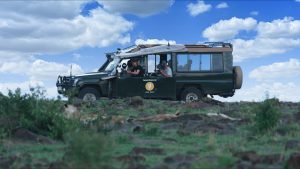
For leopards, lions and cheetahs, most of the filming was from a vehicle, which most cats regard as something different from a person, so behave naturally. Cars have the advantage of being able to move lots of camera equipment around … day cameras, night cameras, infra red cameras, camera traps and thermal cameras, all at once. They also have the advantage of being able to protect cameras and people from the weather.
In the Masai Mara in 2017, the so called ‘short rains’ turned out to be an almost daily deluge, usually just after sunset when the lions were waking up to go hunting. The rain was so heavy at times that small dry ditches would become rivers 20 metres wide in a matter of minutes. – rivers that no four wheel drive vehicle should attempt to cross. But we did, and on several occasions became stuck in a rising flood.
Despite the weather setbacks, we succeeded in capturing extraordinary natural behavior of cats, and although I have spent my lifetime filming them in the wild, what we were able to film this time, surpassed all my hopes. Combined with new science on cats and their origins we’ve been able to create a compelling story that shows big cats in a new light.
About the Author
Martin Dohrn has been a naturalist all his life and a cameraman since the age of 11. Dissatisfied with the limitations of ‘off-the-shelf’ cameras, he modified his camera systems in order to gain new insights into the natural world. Starting Ammonite Films in 1994, he has gone on to produce and direct many films with significant cinematic innovations including image intensifiers, macro motion control, thermal cameras and color starlight cameras. Cutting edge technology has supported his recent projects such as David Attenborough’s Light on Earth for CuriosityStream, which won numerous accolades around the world. Also for CuriosityStream — Big World in a Small Garden, Attenborough’s Ant Mountain and now Age of Big Cats and The Secret Lives of Big Cats.
Copy Text

CuriosityStream has seen exceptional demand for its video, audio, image, and data assets
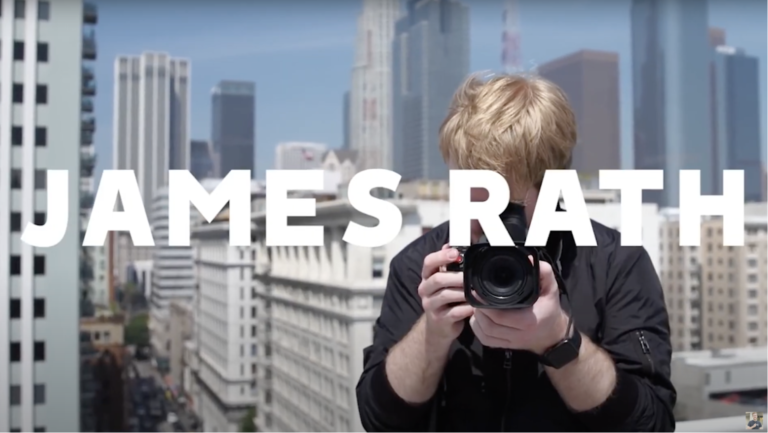
Viewers will tag along with Rath to a variety of locations around the globe, experiencing places beyond sight-seeing, and using travel as a relatable mechanism for the audience.

These Series on CuriosityStream Will Give Your Brain the Stimulation It Needs At CuriosityStream, we know what it’s like to be a knowledge junkie. Your craving for knowledge is insatiable. Outer space … biology … world wars … …you name it … …you need to know. Well, take heart: you can indulge your addiction […]